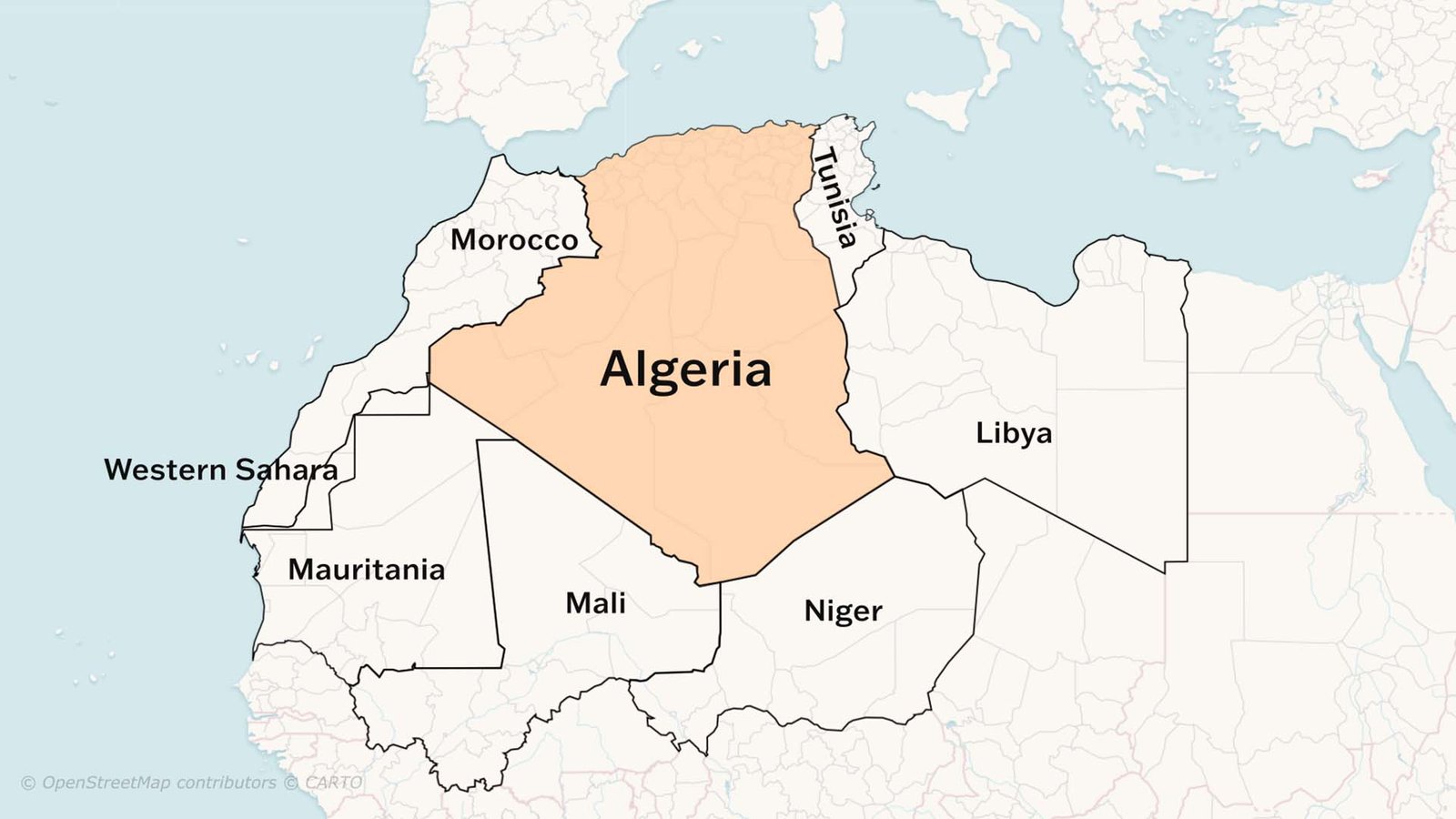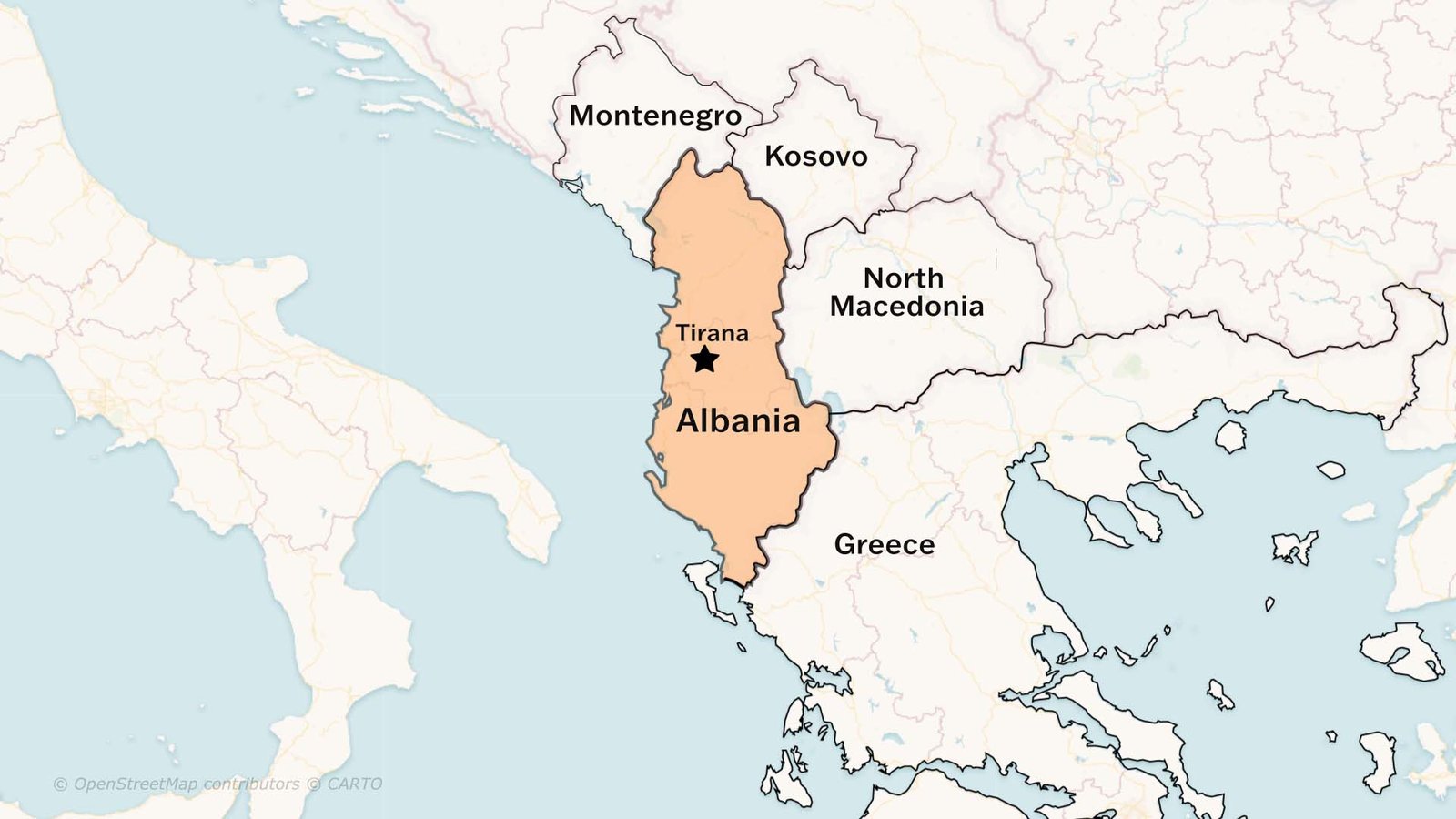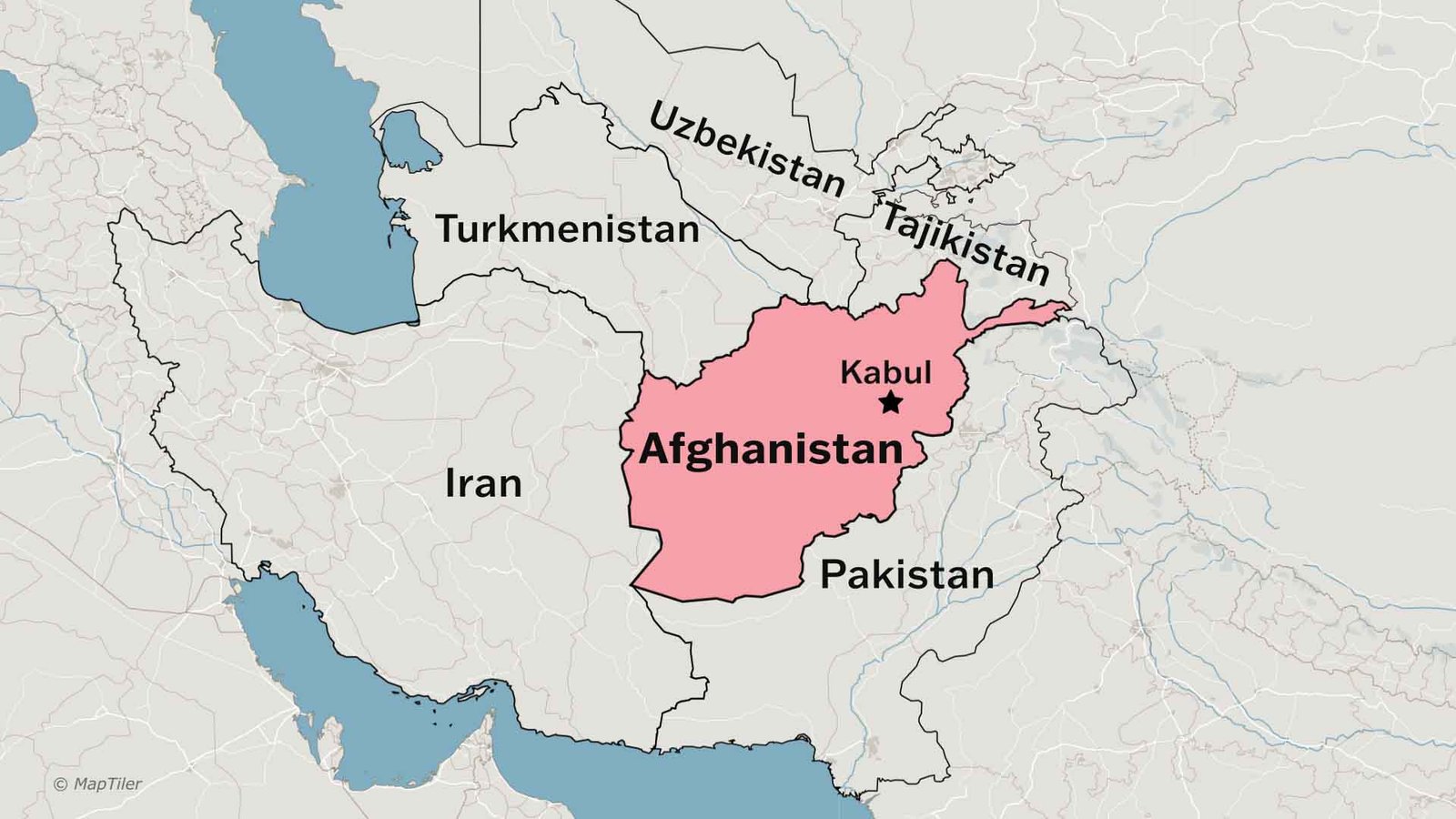Parliamentary Committees are essential institutions in the Indian parliamentary system, designed to manage the complexities and volume of legislative and administrative work. The Indian Parliament, being a deliberative body, faces limitations in time, expertise, and efficiency, which makes it challenging to examine every legislative measure and administrative matter in detail. To address this, parliamentary committees are constituted to assist in the effective discharge of parliamentary functions.
These committees work as smaller, specialised groups of members of Parliament (MPs) who analyse issues, scrutinise bills, and oversee the executive in a more focused and detailed manner. While the Indian Constitution mentions such committees, their composition, tenure, and functions are governed by the rules of procedure of the Lok Sabha and Rajya Sabha.
Ministers are ineligible for election or nomination to Financial Committees, Departmental Standing Committees, and specific committees like those on Empowerment of Women, Government Assurances, Petitions, Subordinate Legislation, and Welfare of Scheduled Castes and Scheduled Tribes.
A parliamentary committee is defined by its appointment or nomination by the House or Speaker/Chairman, operation under their direction, submission of reports to them, and support from the Lok Sabha/Rajya Sabha secretariat. Consultative committees, despite including MPs, are not considered parliamentary committees as they do not meet these criteria.
Ad Hoc Committees of the Parliament
Ad hoc committees are temporary committees formed by the Indian Parliament to address specific purposes or issues that fall outside the scope of standing committees. Once their assigned task is completed and the report is submitted, these committees are dissolved. Unlike standing committees, ad hoc committees do not have a permanent existence and are constituted as needed.
Types of Ad Hoc Committees
- Inquiry Committees
These committees are formed to investigate and report on specific issues, such as allegations of misconduct or policy failures. For example, the Joint Parliamentary Committee (JPC) on stock market scams or the JPC on 2G spectrum allocation. - Advisory Committees
These are formed to provide recommendations on specific legislative measures or issues requiring detailed examination. For example, the Select Committees formed to scrutinize particular bills.
Advisory Committees
Advisory Committees, including Select and Joint Committees, are formed to examine and report on specific bills. These committees are distinct from other ad hoc committees as their procedures are governed by the Rules of Procedure and the directions of the Speaker/Chairman.
Role of Committees in Discussion of Parliamentary ills
The process is as follows:
- When a bill is up for general discussion in the House, it can be referred to a Select Committee of that House or a Joint Committee of both Houses through a motion.
- If referred to a Joint Committee, the other House is requested to nominate its members to the Committee.
- The Committee examines the bill clause by clause, allows amendments, and may seek input from experts or public bodies. After deliberation, it submits its report to the House, including any dissenting opinions from members.
Public Accounts Committee
The Public Accounts Committee (PAC), established in 1921 under the Government of India Act, 1919, consists of 22 members (15 from Lok Sabha and 7 from Rajya Sabha). Members are elected annually through proportional representation, ensuring representation from all parties. Ministers cannot be members, and since 1967, the chairman is conventionally chosen from the Opposition.
Functions of the PAC
- Examines the annual audit reports of the Comptroller and Auditor General (CAG), focusing on appropriation accounts, finance accounts, and public undertakings.
- Ensures expenditure conforms to legal provisions, rules, and parliamentary sanctions.
- Reviews accounts of state corporations, autonomous bodies, and trading/manufacturing projects audited by the CAG.
- Investigate excess expenditures beyond parliamentary grants.
The PAC evaluates public spending for legality, prudence, efficiency, and economy, identifying waste, corruption, or inefficiency. It is assisted by the CAG, considered its “guide, friend, and philosopher.”
Limitations:
- Does not address policy matters or day-to-day administration.
- Conducts post-mortem examinations of past expenditures.
- Recommendations are advisory and not binding.
- Lacks executive powers or authority to disallow expenditures.
Despite limitations, the PAC plays a vital role in ensuring accountability and transparency in public expenditure, upholding parliamentary democracy.
Estimates Committee
The Estimates Committee, originating from the standing financial committee of 1921, was reconstituted in 1950 on the recommendation of Finance Minister John Mathai. Initially composed of 25 members, its membership increased to 30 in 1956, all from the Lok Sabha, with no representation from the Rajya Sabha. Members are elected annually based on proportional representation, and ministers cannot be members. The Speaker appoints the chairman, always from the ruling party.
The committee’s primary role is to examine budget estimates and recommend measures to achieve efficiency and economy in public expenditure, earning it the title of a “continuous economy committee.” Its key functions include:
- Identifying possible economies and administrative reforms.
- Proposing alternative policies for improved efficiency and economy.
- Assessing whether funds are used effectively within policy limits.
- Suggesting how estimates should be presented to Parliament.
The committee does not address public undertakings assigned to the Committee on Public Undertakings. It may conduct examinations throughout the financial year and report progressively, but its findings are not mandatory for final budget approvals.
Critical Evaluation of the Committee
The effectiveness of the Estimates Committee is limited by several factors:
- It examines budget estimates only after Parliament has voted on them.
- It cannot question the policies set by Parliament.
- Its recommendations are advisory, not binding on ministries.
- It reviews only selected ministries and departments each year, covering all of them over time.
- It lacks expert support from the Comptroller and Auditor General (CAG), unlike the Public Accounts Committee.
- Its work is retrospective, focusing on post-event analysis.
Public Undertakings Committee
The Committee on Public Undertakings was established in 1964 based on the Krishna Menon Committee’s recommendation. Initially composed of 15 members (10 from the Lok Sabha and 5 from the Rajya Sabha), its membership increased to 22 in 1974 (15 from the Lok Sabha and 7 from the Rajya Sabha).
Members are elected annually by Parliament through proportional representation using a single transferable vote, ensuring representation for all parties. The term of office is one year, and ministers cannot be members. The Speaker appoints the chairman, who is always a Lok Sabha member, excluding Rajya Sabha members from this role.
Functions of the Committee
The functions of the Committee on Public Undertakings include:
- Reviewing the reports and accounts of public undertakings.
- Examining the Comptroller and Auditor General’s reports on public undertakings.
- Assessing whether public undertakings are managed with autonomy, efficiency, sound business principles, and prudent commercial practices.
- Performing additional functions related to public undertakings, as assigned by the Speaker, that overlap with the Public Accounts Committee and Estimates Committee.
The Committee on Public Undertakings does not examine:
- Major government policies, as distinct from business or commercial functions.
- Day-to-day administration.
- Issues covered by special statutes governing specific public undertakings.
However, its effectiveness is limited by:
- The capacity to review only 10–12 undertakings annually.
- It’s a retrospective, post-mortem approach.
- A lack of technical expertise among members.
- Recommendations that are advisory, not binding on ministries.
Departmental Standing Committees
In 1993, 17 Departmentally-Related Standing Committees (DRSCs) were established in Parliament, and their number increased to 24 in 2004. These committees aim to enhance the Executive’s accountability to Parliament, especially financial accountability, and assist in effective budget debates.
The 24 committees cover all Central Government ministries and departments. Each committee has 31 members (21 from the Lok Sabha and 10 from the Rajya Sabha), nominated by the Speaker and Chairman, respectively. Ministers cannot be members, and a member who becomes a minister ceases to serve on the committee. The term of each committee is one year.
Of the 24 committees, 8 function under the Rajya Sabha and 16 under the Lok Sabha.
Until the 13th Lok Sabha,
- Each Standing Committee had a maximum of 45 members
- 30 were nominated by the Speaker from the Lok Sabha and 15 by the Chairman from the Rajya Sabha.
Following the restructuring of Departmentally-Related Standing Committees (DRSCs) in 2004,
- Each committee now consists of 31 members—21 from the Lok Sabha and 10 from the Rajya Sabha.
- The procedures for their constitution and functioning are outlined in the Rules of Procedure and Conduct of Business (331 C to 331Q) of Lok Sabha and 268 to 277 of the Rajya Sabha.
Functions of the Committee
Key functions include:
- Reviewing demands for grants of ministries/departments before Lok Sabha discussion, without suggesting cut motions.
- Examining bills related to their respective ministries/departments.
- Reviewing annual reports of ministries/departments.
The functioning of standing committees is limited by the following:
- They cannot address the day-to-day administration of ministries/departments.
- They generally avoid matters handled by other parliamentary committees.
**Their recommendations are advisory and not binding on Parliament.
Procedure for Demands for Grants:
Each DRSC should follow the procedure mentioned below to approve the demand for grants made by the respective house of the Parliament:
- After general budget discussions, the Houses adjourn for a fixed period.
- Committees review the demands for grants of relevant ministries during this time.
- Reports must be submitted within the fixed period without extensions.
- The House considers demands for grants in light of the committee reports.
- Each ministry’s demands for grants are addressed in separate reports.
Procedure for Bills Examination:
The DRSC committee should also examine the ills referred to in the following way and follow the given procedure for the same.
- Committees review the general principles and clauses of referred bills.
- Only bills introduced in either House and referred to the committee are examined.
- Reports on bills must be submitted within a specified timeframe.
Merits of Standing Committees:
- Proceedings are free from party bias.
- Procedures are more flexible than those in the Lok Sabha.
- Ensure detailed, continuous, and comprehensive parliamentary control over the executive.
- Promote economy and efficiency in public expenditure by increasing ministry accountability.
- Provide MPs with opportunities to understand and contribute to government functioning.
- Allow committees to incorporate expert and public opinions through testimonies.
- Enable greater involvement of opposition parties and the Rajya Sabha in financial oversight.
Committees on Inquiry
The committees for parliamentary inquiry include the following
- Ethics committee
- Committee on Privileges
- Committee on Petitions
Committee on Petitions:
- It examines petitions on bills and public matters of importance.
- It also considers representations from individuals and associations on Union subjects.
- Its Membership comprises 15 in Lok Sabha, 10 in Rajya Sabha.
Committee of Privileges:
- Handles semi-judicial cases of breaches of privilege by the House or its members.
- Recommends appropriate actions.
- Membership: 15 in Lok Sabha, 10 in Rajya Sabha.
Ethics Committee:
- Established in 1997 (Rajya Sabha) and 2000 (Lok Sabha).
- Enforces the code of conduct for MPs and examines cases of misconduct.
- Maintains discipline and decorum in Parliament.
Committees to Scrutinise and Control
Committee on Government Assurances (1953):
- Reviews assurances, promises, and undertakings by ministers to ensure implementation.
- Membership: 15 in Lok Sabha, 10 in Rajya Sabha.
Committee on Subordinate Legislation (1953):
- Ensures delegated legislative powers (regulations, rules, sub-rules, by-laws) are exercised properly by the Executive.
- Membership: 15 in both Lok Sabha and Rajya Sabha.
Committee on Papers Laid on the Table (1975):
- Examines papers laid by ministers to ensure compliance with constitutional and legal provisions.
- Membership: 15 in Lok Sabha, 10 in Rajya Sabha.
Committee on Welfare of SCs and STs:
- Reviews reports of National Commissions for SCs/STs and evaluates welfare measures, safeguards, and programs.
- Membership: 30 (20 from Lok Sabha, 10 from Rajya Sabha).
Committee on Empowerment of Women (1997):
- Considers reports of the National Commission for Women and examines measures for women’s equality, dignity, and status.
- Membership: 30 (20 from Lok Sabha, 10 from Rajya Sabha).
Joint Committee on Offices of Profit:
- Examines the composition of government-appointed bodies and determines if officeholders should be disqualified from Parliament.
- Membership: 15 (10 from Lok Sabha, 5 from Rajya Sabha).
Committees on Day-to-Day business of the House
Committees on Day-to-Day Business of the House ensure the smooth functioning and efficient management of parliamentary proceedings. These committees regulate legislative schedules, allocate discussion time, and address procedural matters.
They include the Business Advisory Committee, Rules Committee, and others specific to the Lok Sabha or Rajya Sabha. Their work ensures effective organization and discipline in parliamentary activities.
business Advisory Committee:
- Regulates the program and timetable of the House, allocating time for legislative and other government business.
- Membership: 15 in Lok Sabha (Speaker as chairman), 11 in Rajya Sabha (Chairman as ex-officio chairman).
Committee on Private Members’ Bills and Resolutions:
- Classifies bills and allocates discussion time for private members’ bills and resolutions.
- Exclusive to Lok Sabha with 15 members (Deputy Speaker as chairman).
- Rajya Sabha’s Business Advisory Committee performs this function.
Rules Committee:
- Reviews and recommends amendments or additions to the House’s rules of procedure.
- Membership: 15 in Lok Sabha (Speaker as ex-officio chairman), 16 in Rajya Sabha (Chairman as ex-officio chairman).
Committee on Absence of Members:
- Reviews leave applications and cases of members absent for 60+ days without permission.
- Exclusive to Lok Sabha with 15 members.
- Rajya Sabha handles such matters within the House itself.
Committees on Miscellaneous Matters
Committees on Miscellaneous Matters of the Indian Parliament address diverse administrative and functional needs beyond legislative and financial domains. They manage member welfare, library resources, and salary regulations, ensuring smooth operations and support for parliamentarians.
Key committees include the General Purposes Committee, House Committee, and Library Committee.
General Purposes Committee:
- Advises on House affairs not covered by other committees.
- Includes presiding officers, Deputy Speaker/Chairman, panel chairpersons, departmental committee chairpersons, party leaders, and others nominated by the presiding officer.
House Committee:
- Manages residential accommodations and amenities for members in Delhi.
- Membership: 12 in Lok Sabha; a similar committee exists in Rajya Sabha.
Library Committee:
- Oversees Parliament’s library and assists members in using its services.
- Membership: 9 members (6 from Lok Sabha, 3 from Rajya Sabha).
Joint Committee on Salaries and Allowances of Members:
- Frames rules for the payment of salaries, allowances, and pensions to MPs.
- Membership: 15 members (10 from Lok Sabha, 5 from Rajya Sabha).
Read more: President notes
Consultative Committees
Consultative Committees are attached to various ministries/departments of the Central Government and consist of members from both Houses of Parliament.
- The committees are chaired by the respective Minister, they provide a platform for informal discussions on government policies and their implementation.
- These are constituted by the Ministry of Parliamentary Affairs, membership is voluntary, with a size ranging from 10 to 30 members.
- These committees are reconstituted after each Lok Sabha election and dissolved with its dissolution.
- Additionally, Informal Consultative Committees are formed for Railway Zones, holding meetings only during parliamentary sessions.
Railway Convention Committee
The Railway Convention Committee, established in 1949, was the first committee post-independence, focusing on determining the dividend rate payable by the Railways to General Revenues.
In 1971, its scope expanded to include subjects related to the functioning of the Railways and Railway finances.
Critical Evaluation of Committees
By facilitating in-depth discussions, fostering bipartisan deliberations, and offering recommendations, parliamentary committees strengthen the legislative process and ensure accountability, transparency, and efficiency in governance.
They play a pivotal role in upholding the principles of democracy by bridging the gap between Parliament and the people it represents.
Get The Free notes







